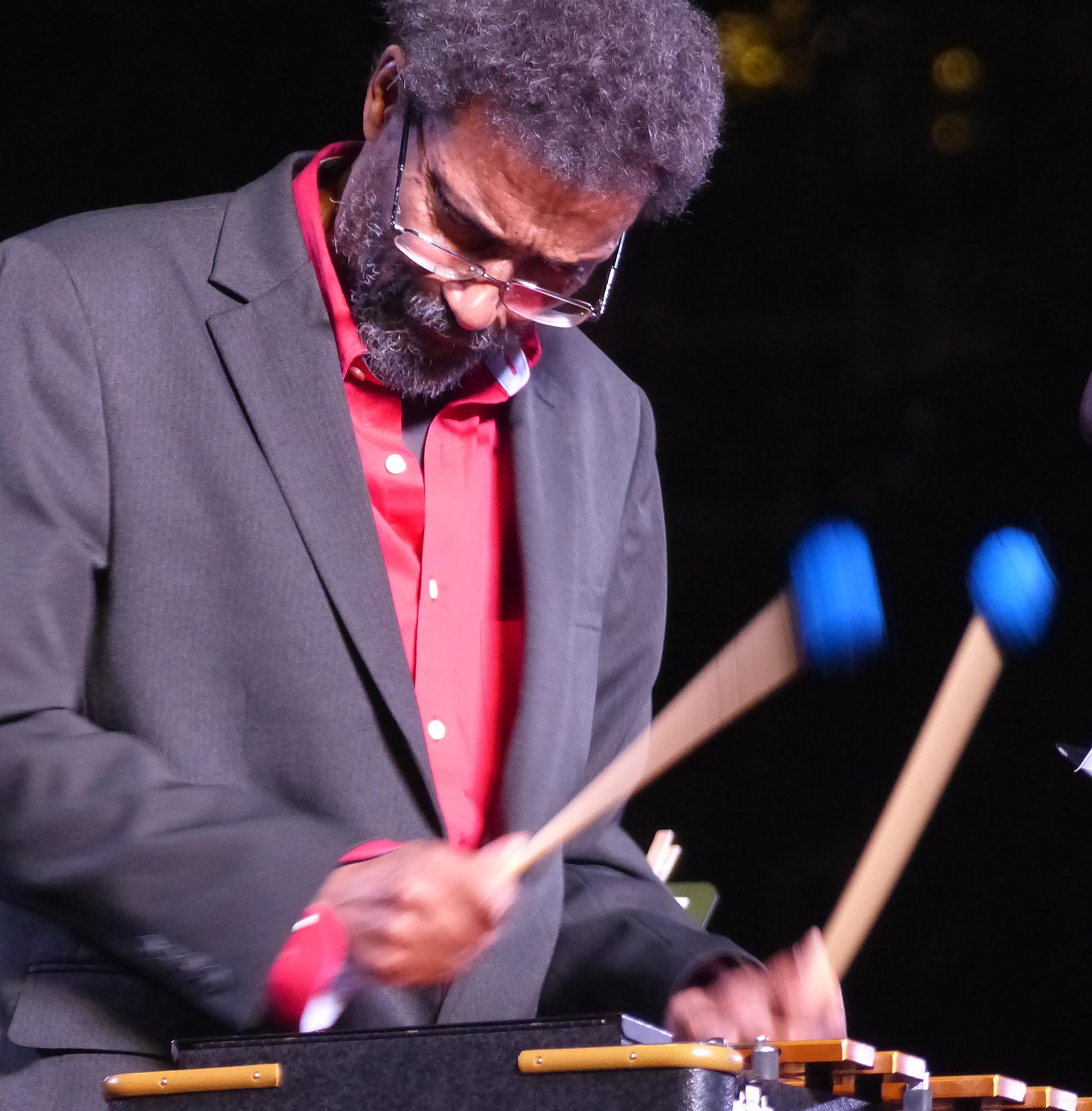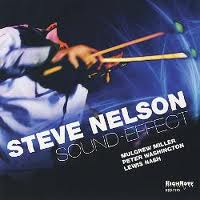Song For Tina – Steve Nelson
One of Steve Nelson's more advanced compositions, due to its complex and rich harmonies and 4-against-3 rhythms.
- Recording: Steve Nelson - Sound Effect
- Recorded on: June 12, 2007
- Label: HighNote (HCD 7175)
- Concert Key: No key center
- Vocal Range: , to
- Style: 3/4 swing (medium up)
- Vibes - Steve Nelson
- Piano - Mulgrew Miller
- Bass - Peter Washington
- Drums - Lewis Nash
Purchase Song For Tina - Steve Nelson
Purchasing this song through our affiliate links with certain retailers provides jazzleadsheets.com with additional support to help keep us bringing you the best lead sheets available. Thank you!
Video
- Description
- Historical Notes
- Solos
- Piano Corner
- Bass Corner
- Drum Corner
- Guitar Corner
- Inside & Beyond
- Minus You
This song actually adds a further complication to the issue of 4 against 3/4, as the A section melody has the third of the four notes extended, with the fourth delayed and more of a pick-up to the next measure. Accordingly, the four notes bracketed together in the 4:3 tuplet for each measure are two quarter notes, a dotted quarter note, and an eighth note. With swing eighth notes, this is quite similar to an eighth note followed by two quarter notes and another eighth note—but it is more even and can "float" over the beat instead of being tied to an eighth-note-based grid.
These four-note figures are used to outline descending chordal structures. This song is an example of Nelson's more impressionistic bag, with a modal A section alternating F♯ melodic minor and D dorian. The B section of this 28-measure AAB form begins with descending major 7♭5 chords, leading to a II-V7 to C minor. Piano fills from the in head of the recording are notated in the lead sheet; they continue the rhythms of the melody.
Related Songs
Email Send Song For Tina to a friend

Steve Nelson
born on August 11, 1954
Vibraphonist Steve Nelson's career began in the early 1970s. His first touring experience was with the legendary guitarist Grant Green. Steve cites Milt Jackson as his first major influence, although in later years he developed a harmonically open sound influenced by Bobby Hutcherson. While attending the State University of New Jersey at Rutgers then-new jazz program, he met pianist Kenny Barron, drummer Freddie Waits, guitarist Ted Dunbar and reedman James Spaulding, who were all faculty members. Through them, he began to perform in New York City. In 1976, at age 22, Steve recorded with James Spaulding ("Plays The Music Of Duke Ellington"), and in 1980 recorded albums with Kenny Barron and Ted Dunbar. Read more...

